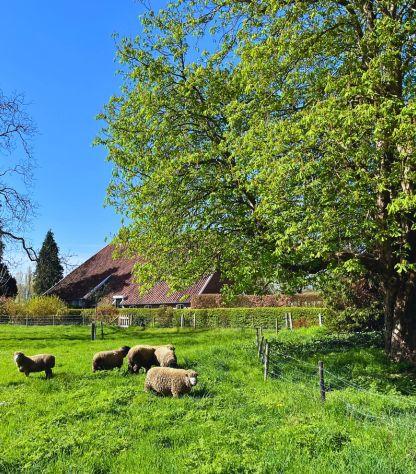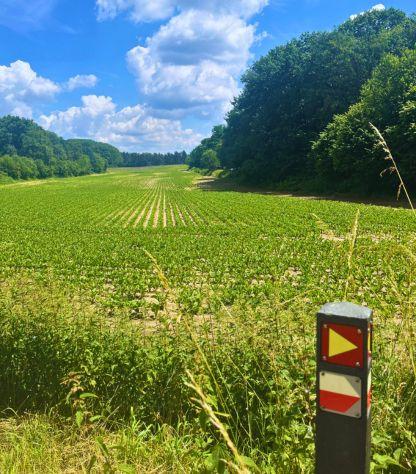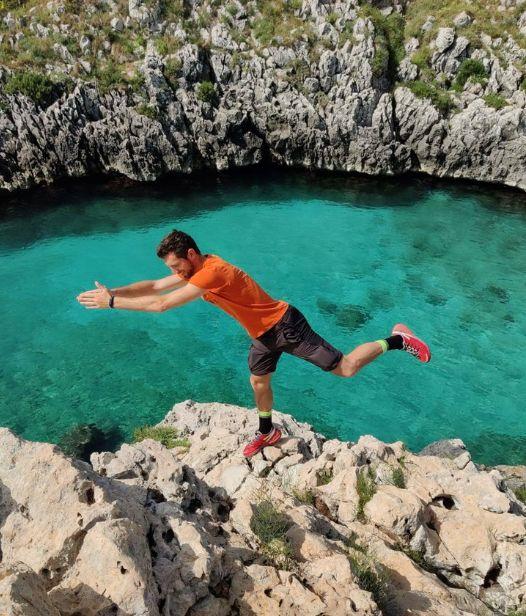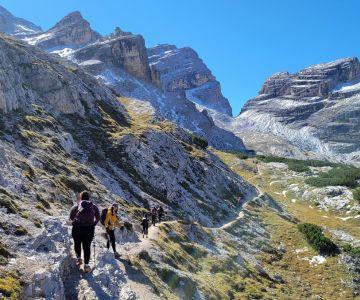What is the best time to embark on a walking trip in the Netherlands?
Spring (April–June) and autumn (September–October) are the best times for walking in the Netherlands, thanks to the mild temperatures and beautiful natural scenery. Spring brings blooming tulip fields and fresh greenery, while autumn offers golden forests and crisp, pleasant weather. Summer can be great for coastal and dune walks, but can be busier in tourist areas. Winter walking is possible, but days are shorter, and the weather can be unpredictable.
What kind of landscapes can I expect on these trails?
The Netherlands offers a surprising variety of landscapes for walkers. Expect vast open fields, charming villages, lush forests, winding riverbanks, and coastal dunes shaped by the North Sea winds. In the south, near Limburg, you’ll even find rolling hills—something rare in this mostly flat country. Trails often pass through historic towns, past traditional windmills, and across serene heathlands, offering a mix of nature and culture.
How challenging are the walking trails in the Netherlands?
Walking in the Netherlands is generally suitable for all levels, as most routes follow flat or gently rolling terrain. Some trails, like those in the Veluwe or the Limburg region, offer slightly more varied landscapes, but there are no steep mountain climbs. Distances can be easily adapted, making Dutch walking routes perfect for both relaxed walkers and more experienced hikers looking for long-distance journeys.
Is English commonly spoken along these routes?
Yes! The Netherlands is one of the most English-friendly countries in Europe. Most Dutch people, especially in cities and tourist areas, speak English fluently. In smaller villages, you might encounter people who primarily speak Dutch, but locals are generally very welcoming and happy to help.
What kind of accommodations can I expect along the trails?
Walking routes in the Netherlands are well-served by a range of comfortable accommodations, including charming B&Bs, countryside inns, boutique hotels, and guesthouses. Many of these places cater specifically to walkers, offering homecooked meals and warm hospitality. In rural areas, you’ll find family-run accommodations, while cities offer a mix of stylish hotels and historic lodgings.
Are the trails well-marked?
Yes! The Netherlands has an excellent network of well-marked walking trails, using a system of red and white markers for long-distance routes and node networks ("knooppunten") that allow you to easily create custom walking itineraries. Signage is generally very clear, and many routes have dedicated guidebooks and GPS tracks available.
What should I pack for a walking holiday in the Netherlands?
Weather in the Netherlands can be unpredictable, so waterproof gear is essential, even in summer. Comfortable walking shoes, lightweight layers, a small daypack, and a reusable water bottle are also recommended. If walking in spring or autumn, an extra layer for cooler mornings and evenings can be useful.
How do I get to the starting points of the walking routes?
The Netherlands has excellent public transport, making it easy to access most walking trails. Many routes start in towns and villages well connected by trains and buses. Even more remote starting points can usually be reached by a short taxi or local bus ride from the nearest train station.
Can I walk these trails in sections?
Absolutely! Many Dutch walking routes, including the Pieterpad and coastal trails, are designed to be walked in stages, making it easy to complete them over multiple trips. Thanks to the country’s compact size and great transport network, it’s also possible to combine different trails or shorten walks as needed.
Are there facilities for food and water along the trails?
Yes! The Netherlands has plenty of cafés, restaurants, and supermarkets along most walking routes. In smaller villages, you’ll find cozy bakeries and family-run eateries, while larger towns offer a wide range of dining options. It’s always a good idea to carry some snacks and a refillable water bottle, especially for longer stretches through nature reserves.
















